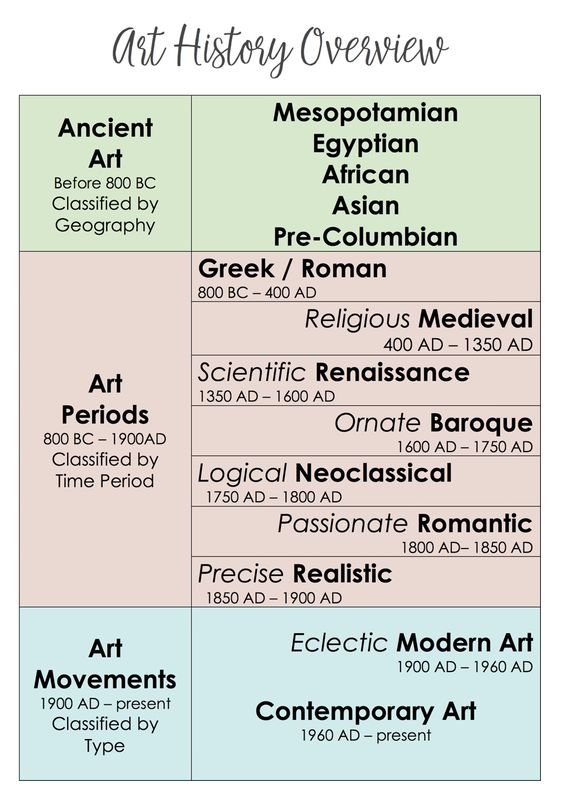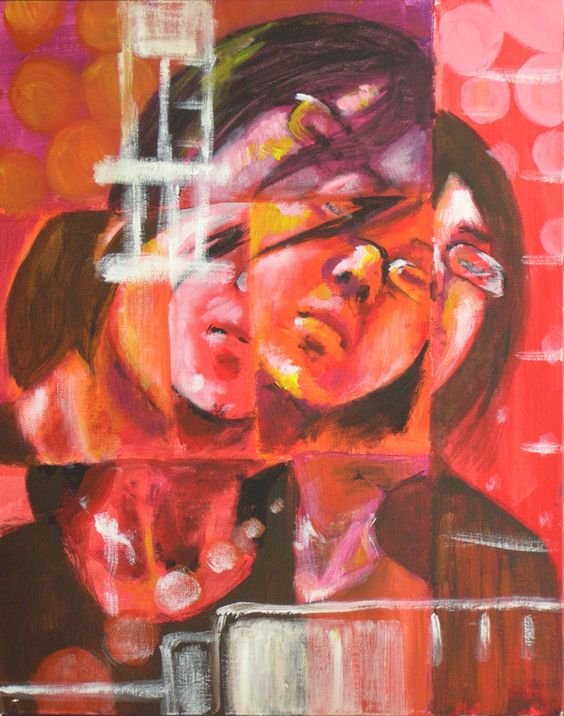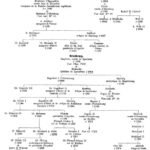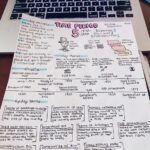Introduction to AP Art History FRQ 2024
Table of Contents
The Advanced Placement AP Art History FRQ 2024 exam is a crucial assessment for students passionate about art and its historical significance. The 2024 Free-Response Questions (FRQs) in AP Art History challenge students to engage deeply with various artworks and historical contexts. This year’s exam emphasizes critical thinking, analytical skills, and comprehensive understanding of art movements across different cultures and periods. The FRQs are designed to test students’ ability to compare, contrast, and interpret art, requiring them to draw connections between visual elements and historical narratives.
Understanding the importance of art history in shaping cultural and societal developments is integral to mastering the FRQs. Art is not just a reflection of beauty but also a historical document that offers insights into the values, beliefs, and experiences of different civilizations. The 2024 FRQs aim to test students’ ability to interpret these visual records and understand their broader historical and cultural implications. This holistic approach to art history helps students develop a nuanced understanding of the world’s artistic heritage and the factors that have influenced artistic production and reception over time.
Structure and Components of the 2024 FRQ
AP Art History FRQ 2024 FRQ section comprises two long essay questions and four short essay questions, each focusing on specific themes or periods in art history. The long essays typically require students to compare two different works of art, analyzing their formal qualities, historical contexts, and cultural significance. The short essays, on the other hand, often ask students to delve into a single artwork or a set of related works, discussing their themes, techniques, and impact on art history. This structure ensures a comprehensive evaluation of the students’ knowledge and analytical abilities.

Each long essay question provides an opportunity for students to demonstrate their ability to synthesize information and construct a well-organized argument. Students must not only describe the artworks but also explain how they relate to the broader themes and movements discussed in the course. This requires a deep understanding of the artworks’ formal elements, such as composition, color, and technique, as well as their historical and cultural contexts. The ability to compare and contrast artworks from different periods and regions is a key skill that the FRQs aim to assess.
The short essay questions are designed to test students’ ability to engage with specific artworks or themes in a more focused manner. These questions often require detailed visual analysis and contextual interpretation, challenging students to think critically about the relationships between form, content, and meaning. By examining a range of artworks from different periods and cultures, students can develop a more comprehensive understanding of the diverse ways in which artists have responded to and shaped their cultural and historical environments.
Themes and Art Movements Highlighted
AP Art History FRQ 2024 places a significant emphasis on diverse art movements and their contributions to the broader historical narrative. From the grandeur of the Renaissance to the revolutionary ideas of Modernism, the exam covers a wide array of periods and styles. Students are expected to understand the distinct characteristics of each movement, such as the emphasis on humanism and naturalism in Renaissance art or the abstract and experimental nature of Modernist works. Additionally, the exam highlights non-Western art traditions, encouraging students to appreciate the global dimensions of art history.

One of the key themes highlighted in the 2024 FRQ is the role of art in reflecting and shaping cultural identity. This includes examining how artists have used visual language to express their cultural heritage, respond to social and political events, and engage with issues of identity and representation. Students are encouraged to explore how different cultures have developed unique artistic traditions and how these traditions have influenced and been influenced by other cultures.
AP Art History FRQ 2024 also emphasizes the importance of understanding the social, political, and economic contexts in which artworks were created. This includes examining the patronage systems that supported artistic production, the impact of technological innovations on artistic techniques and materials, and the ways in which art has been used to communicate power, authority, and ideology. By understanding these contexts, students can gain a deeper appreciation of the complex factors that have shaped the history of art and the ways in which art has contributed to broader historical developments.

Preparation Strategies for Success
To excel in the AP Art History FRQ 2024, students should adopt effective preparation strategies that encompass both content knowledge and analytical skills. Familiarizing oneself with major artworks, artists, and movements is fundamental. However, students should also practice writing concise and coherent essays under timed conditions. Analyzing past AP Art History FRQ 2024 and sample responses can provide valuable insights into the expectations and grading criteria. Engaging with visual analysis exercises, discussions, and peer reviews can further enhance students’ ability to articulate their thoughts and interpretations effectively.
A successful preparation strategy involves a balance between content review and skill development. Students should start by creating a comprehensive study guide that includes key artworks, artists, movements, and themes covered in the course. This can be supplemented with flashcards, timelines, and other visual aids to reinforce their understanding of the material. Regular review sessions can help students retain this information and make connections between different periods and styles.

In addition to content review, students should focus on developing their analytical and writing skills. This includes practicing visual analysis, comparing and contrasting artworks, and constructing well-organized and persuasive essays. Students can benefit from working with peers to review and critique each other’s essays, as well as seeking feedback from teachers and other mentors. By honing their analytical and writing skills, students can improve their ability to respond effectively to the FRQs and demonstrate their understanding of art history.

